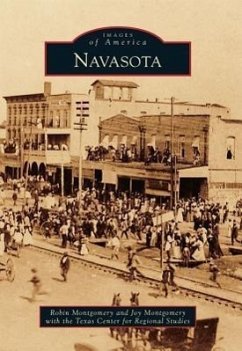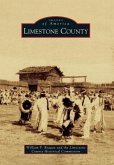Navasota is named for the nearby Navasota River. The naming of the river is linked, most plausibly, to an encounter on its banks in the 1540s between Indians and a Spanish expedition led initially by the then-deceased Hernando de Soto. Indians believed that spirits of the dead were associated with rivers. Accordingly, though he was interred earlier in the Mississippi River, the Indians saw de Soto's spirit reborn in their river, hence the legendary term "Nativity de Soto," shortened to Navasota. As this book shows, the history of Navasota has revolved around the theme of birth. It stands in the Cradle of Texas, associated endemically with the founding of Spanish Texas and later with the birth of the Republic of Texas. At the crossroads of Texas, Navasotians have pioneered new industries while moderating equilibrium between a genteel society bent on expanding the mind and a ruffian element tamed only at the hands of an icon in American folklore.
Hinweis: Dieser Artikel kann nur an eine deutsche Lieferadresse ausgeliefert werden.
Hinweis: Dieser Artikel kann nur an eine deutsche Lieferadresse ausgeliefert werden.








